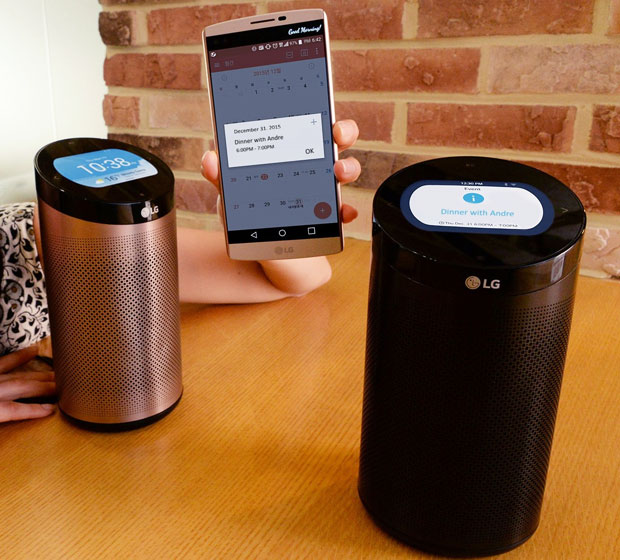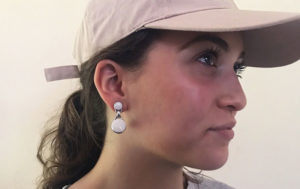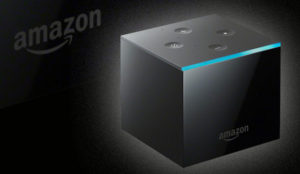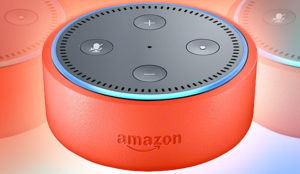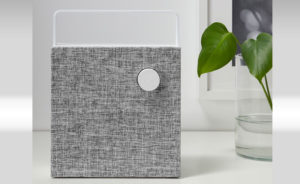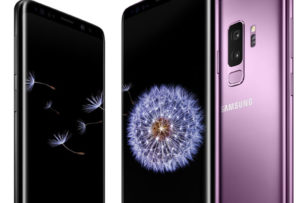Welcome to the first 2016 edition of Gadget Dreams and Nightmares, the column that places the latest gadget announcements under a microscope while wondering how another CES is already upon us.
In the Petri dishes this time around are a smart home hub from LG, shoes that let you walk on air, a tiny camera-equipped drone, and a wearable that aims to make sense of the world around you.
As ever, these are not reviews, because I haven’t even seen these items in the flesh. The ratings reflect only how much I’d like to try each gizmo as we enter this new year (which I hope is a tremendously happy and prosperous one for you).
Centralized Smart Home
LG’s SmartThinq Hub (pictured above) seeks to bring together all of your connected appliances and smart sensors under one roof. As extras, it sprinkles on top music streaming (through radio stations or whatever you happen to play on your smartphone) and reminders (through its 3.5-inch display).
The hub can monitor and control robot vacuum cleaners, refrigerators, ovens and air conditioners, among other things, while it can absorb data from connected devices through its SmartThinQ sensors. It can deliver the data either through notifications on the display, or as an audio readout through the speaker.
A smart home hub will find true effectiveness only when it’s compatible with every connected gadget in the domicile. It would prove incredibly frustrating to have a hub that controlled everything in a unified system save for, say, the kettle.
This one does have support from the Alljoyn open source platform and Lowe’s Iris system, but unless a hub is compatible with Philips Hue bulbs, WeMo switches and Nest thermostats, it never will be the true center of a home system.
A single smart home standard is out of LG’s hands, however, and if you already have a number of SmartThinQ products, this seems a good way to control and monitor them.
Rating: 3 out of 5 Turn Up the Heats
Bounce in Your Step
We’ve seen hoverboards that work over magnetized surfaces. Now there’s a pair of shoes that might leave you feeling like you’re floating your way to the car.
2016 MoonWalker ticks all the right boxes for a pair of supremely comfortable sneakers. There are two layers of repelling magnets between the memory foam sole and rest of the shoe. This, as the name might imply, apparently gives the sensation of walking in low gravity.
A version of the shoe that is nearing the end of a crowdfunding project has an e-ink display one can customize using a smartphone app. No matter how inventive the message you project on the side of your MoonWalkers, though, you’ll still be wearing some seriously ugly shoes.
As someone who prides comfort above all else in apparel, I’d wear the MoonWalkers despite the unappealing design — but only just.
Rating: 4 out of 5 Air Cushions
Buzzing Around
The Axis Vidius has a big advantage over many other drones — users won’t have to register it with the Federal Aviation Administration. Any owners of drones weighing more than 8.8 ounces must register them by Feb. 19.
However, since it measures around 1.5 inches square, Axis Vidius would need to be made of something like dark matter to meet the FAA benchmark. You’ll need to wait for a completely still day to use it, and you’ll only have a flight time of between 5 and 7 minutes. Thankfully, the charging time is a relatively zippy 20 minutes.

Despite its small stature, this drone can record and stream video in 420p resolution. That’s not quite high definition, but if you’re looking for a drone that not many people will notice, it’s a solid option.
Just cross your fingers you don’t fly too close to someone who mistakes Axis Vidius for a bug.
Rating: 3 out of 5 Hovering Menaces
Sweet Nothings
OrCam’s MyMe is a system that aims to understand and gain value from the physical world around you. It processes audio and visual inputs in real time through a camera clipped to your shirt, jacket or belt, and it uses a Bluetooth earpiece to feed you information about what you’re experiencing.

MyMe might create a profile of someone you meet and add it to your phone’s contacts. It could analyze facial expressions — or the food you’re eating.
Perhaps most enticing to privacy advocates is that, unlike Google Glass, it does not record any of the audio or video it captures.
MyMe is compelling, and I’m intrigued to learn about other applications its maker and third-party developers can concoct for it.
I’m not entirely convinced I’d want to wear a camera all day, however. While it’s far less overt and obtuse than Google’s clunky Glass, I’m not looking forward to having to explain to everyone I meet why there’s a camera pointed at them as we speak.
Still, if it can warn me against making any unfortunate stumbles with poor foot placement, that’d be worth any social awkwardness.
Rating: 4 out of 5 Mind the Gaps

